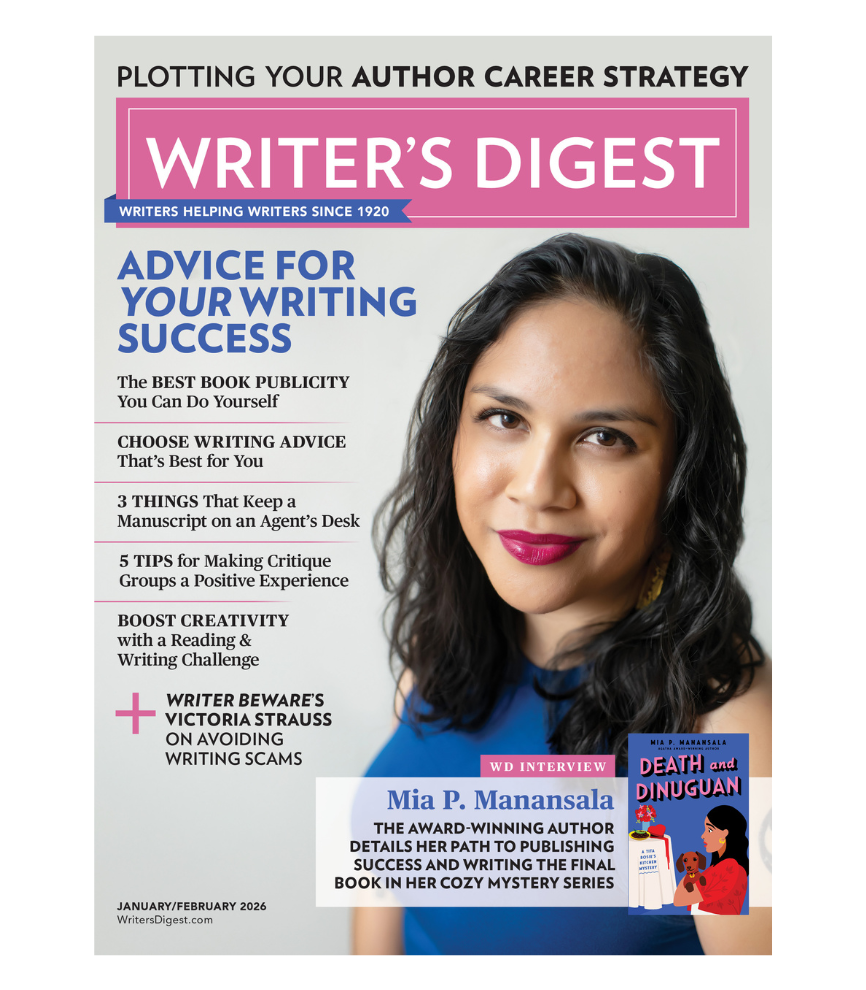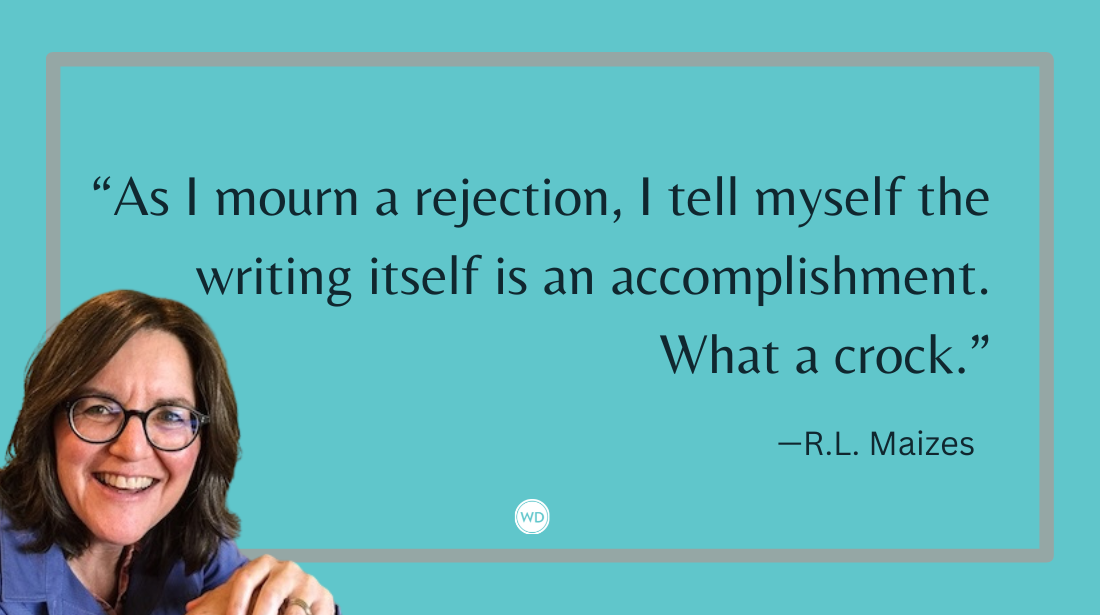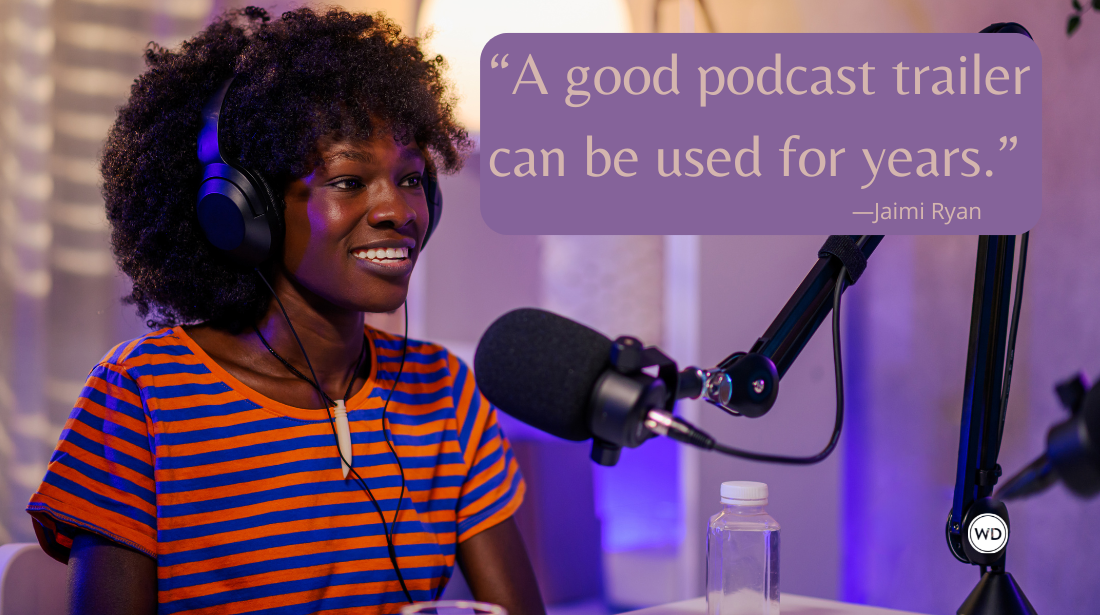Learn How to Write a Synopsis Like a Pro
Learn how to write a synopsis like a pro with five quick and easy tips, as well as five things to avoid when writing synopses, and a few pointers on formatting your synopsis!
Once you have finished writing your novel or book, it's time to prepare your work for the submission process. While each literary agent has their own specific guidelines, it's useful to know how to write a synopsis.
Here are 5 tips on how to write a synopsis like a pro.
5 Tips on How to Write a Synopsis
Before sending your book proposal out to potential literary agents, here are some suggested elements you should include while writing a synopsis:
- Narrative Arc. A synopsis conveys the narrative arc, an explanation of the problem or plot, the characters, and how the book or novel ends. It ensures character actions and motivations are realistic and make sense. It summarizes what happens and who changes from beginning to end of the story. It gives agents a good and reliable preview of your writing skills.
- Active Voice. Agents look for good writing skills. Let yours shine in your synopsis by using active voice and third person.
- Unique Point of View. An agent is usually looking for an idea of fresh or unique elements. Is your plot cliche or predictable? Have elements that set your story apart from other things they have seen.
- Story Advancement. A synopsis should include the characters' feelings and emotions. Use these elements to advance your plot and story.
- Write Clearly. Focus on clarity in your writing and avoid wordiness. Remember, less is more.
What to Avoid When Writing a Synopsis
While there is no universal standard for the length of a book or novel synopsis, agents usually favor one to two pages, single-spaced. Sometimes an agent might ask for a chapter outline instead, which is a synopsis of each chapter. Here are some tips on what to avoid when writing a synopsis:
- Mentioning too many characters or events.
- Including too much detail about plot twists and turns. You don't want to tell the entire story. What you want to do is write a book summary with enough detail about the plot to intrigue the reader or agent.
- Unnecessary detail, description, or explanation. Make each word in your synopsis count.
- Editorializing your novel or book. Don't use "...in a flashback," or "...in a poignant scene." If you have a confusing series of events and character interactions, not only will your reader be confused, but a potential agent will be too.
- Writing back cover copy instead of a synopsis. Don't go astray and write a hook to intrigue a reader to buy a book or an agent to request a manuscript. Focus on summarizing your novel or book.
The Synopsis Format
Jane Friedman gives some of the best tips for formatting a synopsis. She recommends beginning with a strong paragraph identifying your protagonist, problem or conflict, and setting. The next paragraph should convey any major plot turns or conflicts necessary and any characters that should be mentioned in order for your book summary to make sense to whomever is reading it.
Lastly, she recommends indicating how major conflicts are resolved in the last paragraph. This ensures a clear presentation of your book or novel and doesn't leave the reader confused.
*****
Want to get your synopsis critiqued? Use our writing critique service and get personalized feedback on your own synopsis!
Or learn more about writing your synopsis in the online course How to Capture the Essence of Your Story in a Synopsis.









